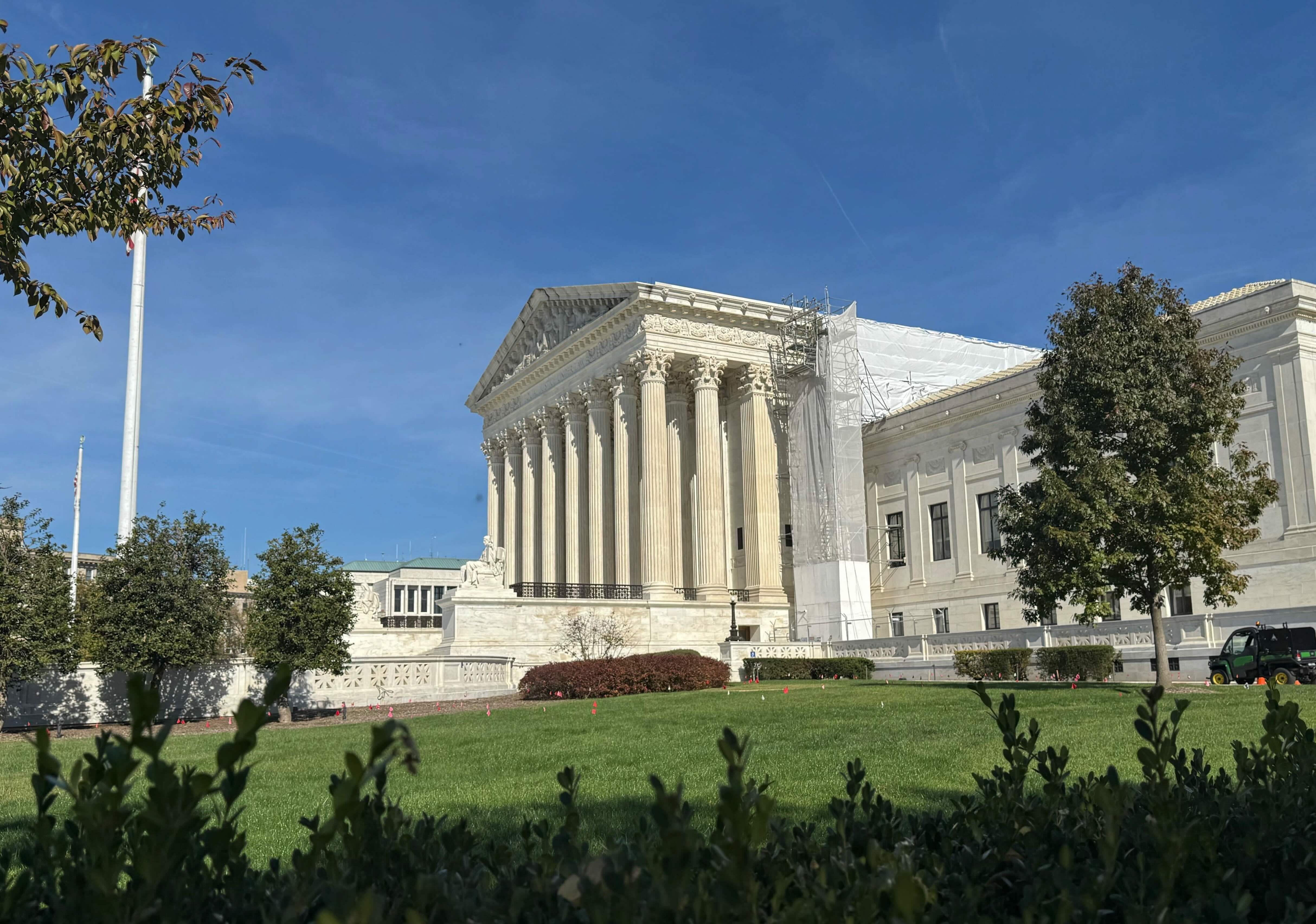Groups oppose Trump’s plan to massively reduce the federal workforce


A group of labor unions, local governments, and advocacy groups urged the Supreme Court on Monday to leave in place an order by a federal judge that prohibits the Trump administration from carrying out mass reductions in the federal workforce. “If the breakneck reorganization of the federal government ordered by the President is implemented before the merits of this case may be decided based on a full record,” the group wrote, “then statutorily required and authorized programs, offices, and functions across the federal government will be abolished, agencies will be radically downsized from what Congress authorized, critical government services will be lost, and hundreds of thousands of federal employees will lose their jobs. There will be no way to unscramble that egg.”
The dispute began last month, when the challengers went to federal court in San Francisco. They sought to block the federal government from implementing an executive order, issued by President Donald Trump in February, that instructs federal agencies to “promptly undertake preparations to initiate large-scale reductions in force (RIFs), consistent with applicable law,” as well as a memorandum issued to agencies by the Office of Management and Budget and the Office of Personnel Management.
Senior U.S. District Judge Susan Illston first issued a temporary restraining order (which normally preserves the status quo for a limited period of time) that barred the Trump administration from moving forward with any RIFs, and she instructed the government to provide the challengers with documents related to the RIFs.
U.S. Solicitor General D. John Sauer came to the Supreme Court on May 16, asking the justices to intervene. But he withdrew that request after Illston issued a preliminary injunction, which prohibits the Trump administration from carrying out RIFs while the litigation continues.
After the U.S. Court of Appeals for the 9th Circuit declined to put Illston’s order on hold, the Trump administration returned to the Supreme Court last week, asking the justices to do so. Sauer argued that the order “interferes with the Executive Branch’s internal operations and unquestioned legal authority to plan and carry out RIFs, and does so on a government-wide scale.”
The challengers countered on Monday that for more than a century, “Presidents across the political spectrum have obtained authorization from Congress before undertaking reorganization of the federal government.” Indeed, they noted, during his first term Trump asked Congress to sign off on his plans to reorganize the government, “but Congress did not provide that authority.”
“Whatever one’s view on the proper size and scale of government,” the challengers insisted, “that vision may not be imposed by unilateral executive order, without engaging in the dialogue and cooperation with Congress that the Constitution requires and that Presidents have historically pursued.” Putting Illston’s order on hold and allowing the government to move forward, they cautioned, “would permit the total implementation of this vision before the courts can give the careful consideration that these important constitutional issues merit, rendering irrelevant not just one branch of government, but two.” Moreover, they added, Trump can always return to Congress to get its approval for his plans.
Posted in Emergency appeals and applications, Featured
Cases: Trump v. American Federation of Government Employees